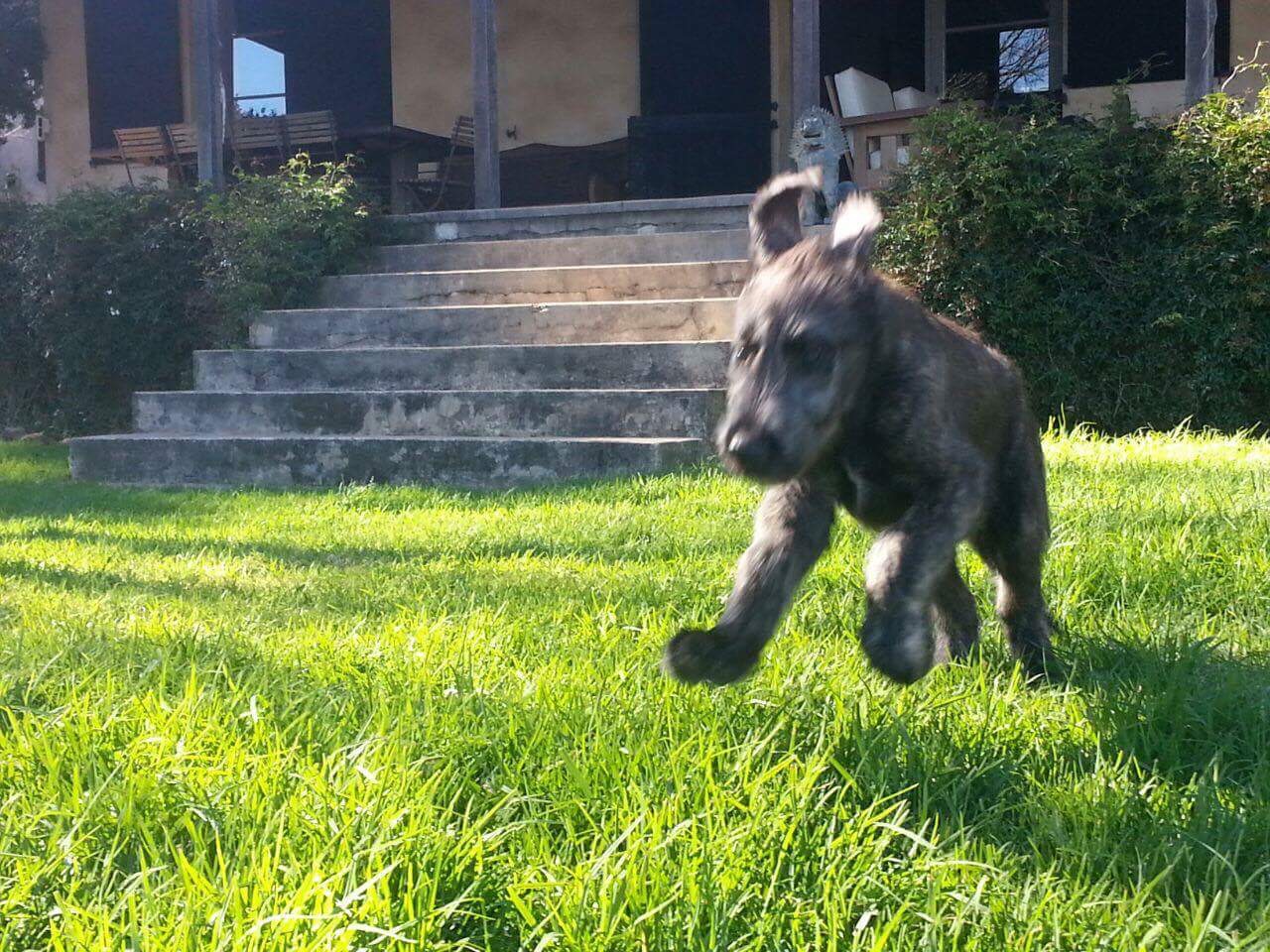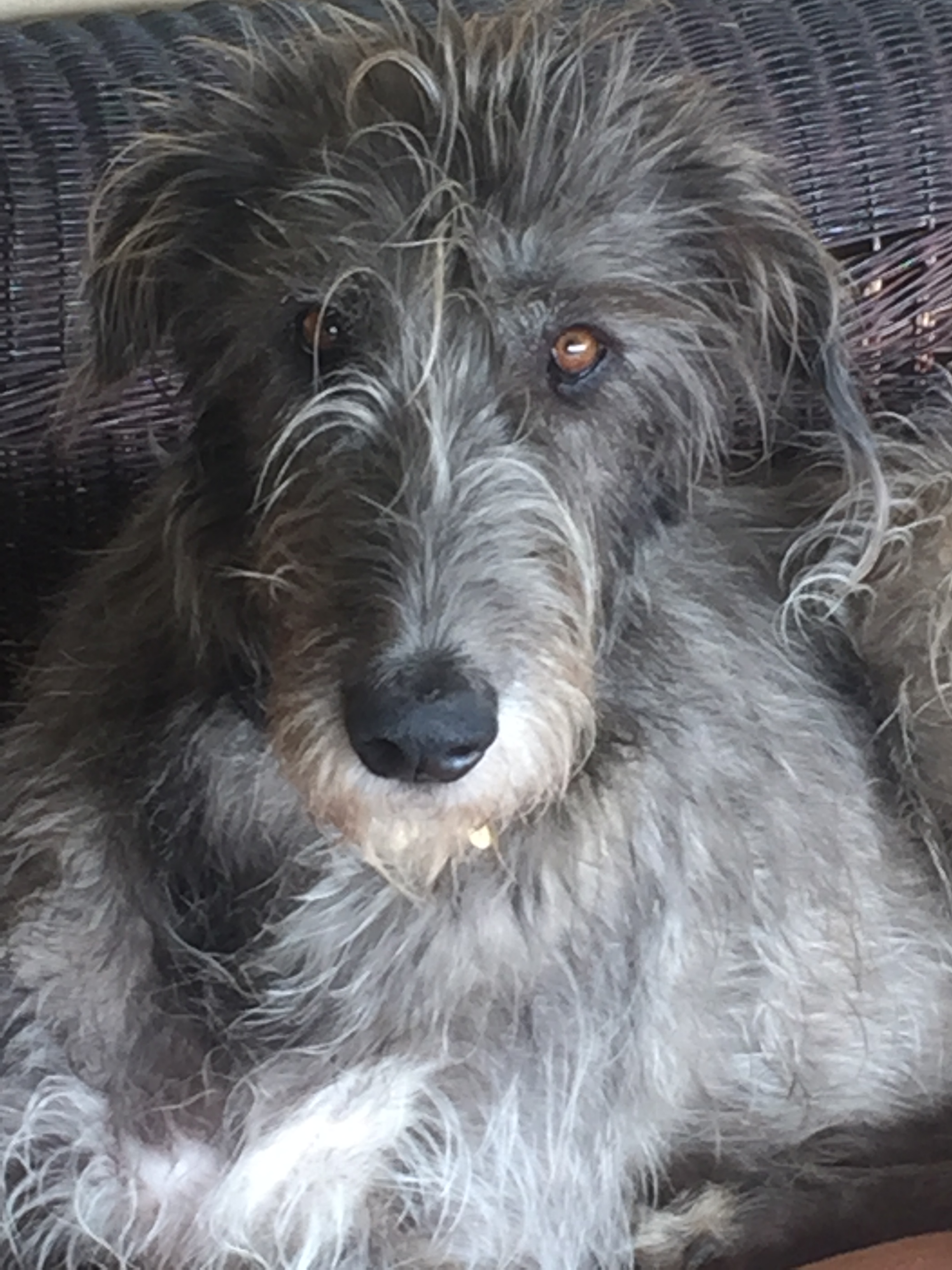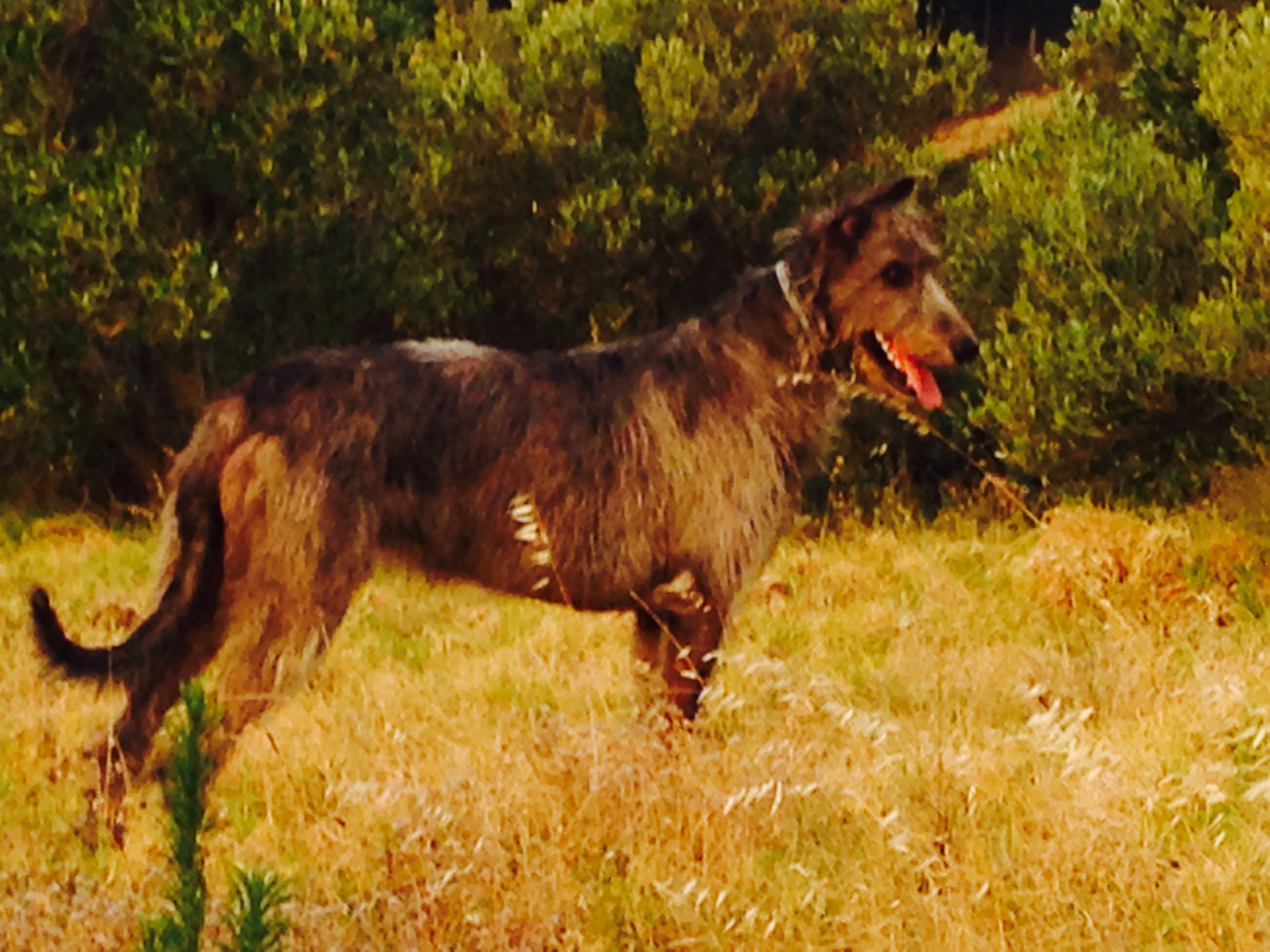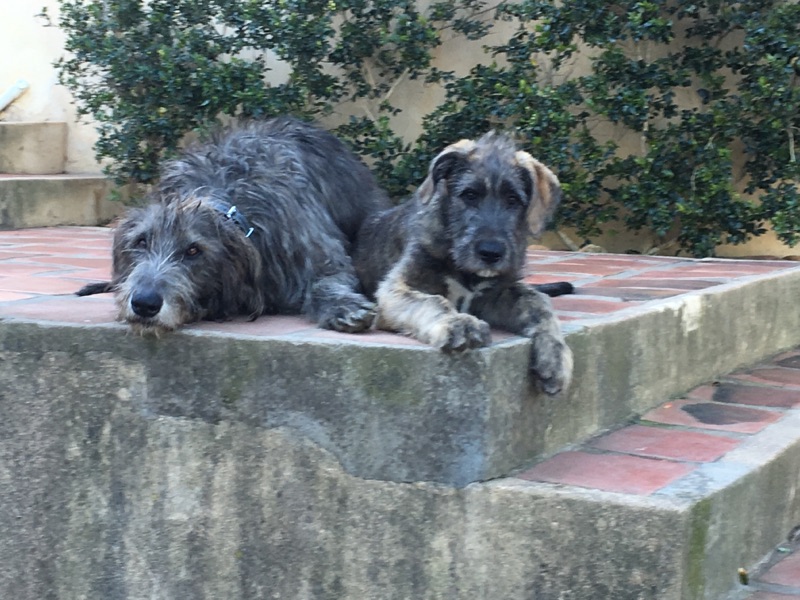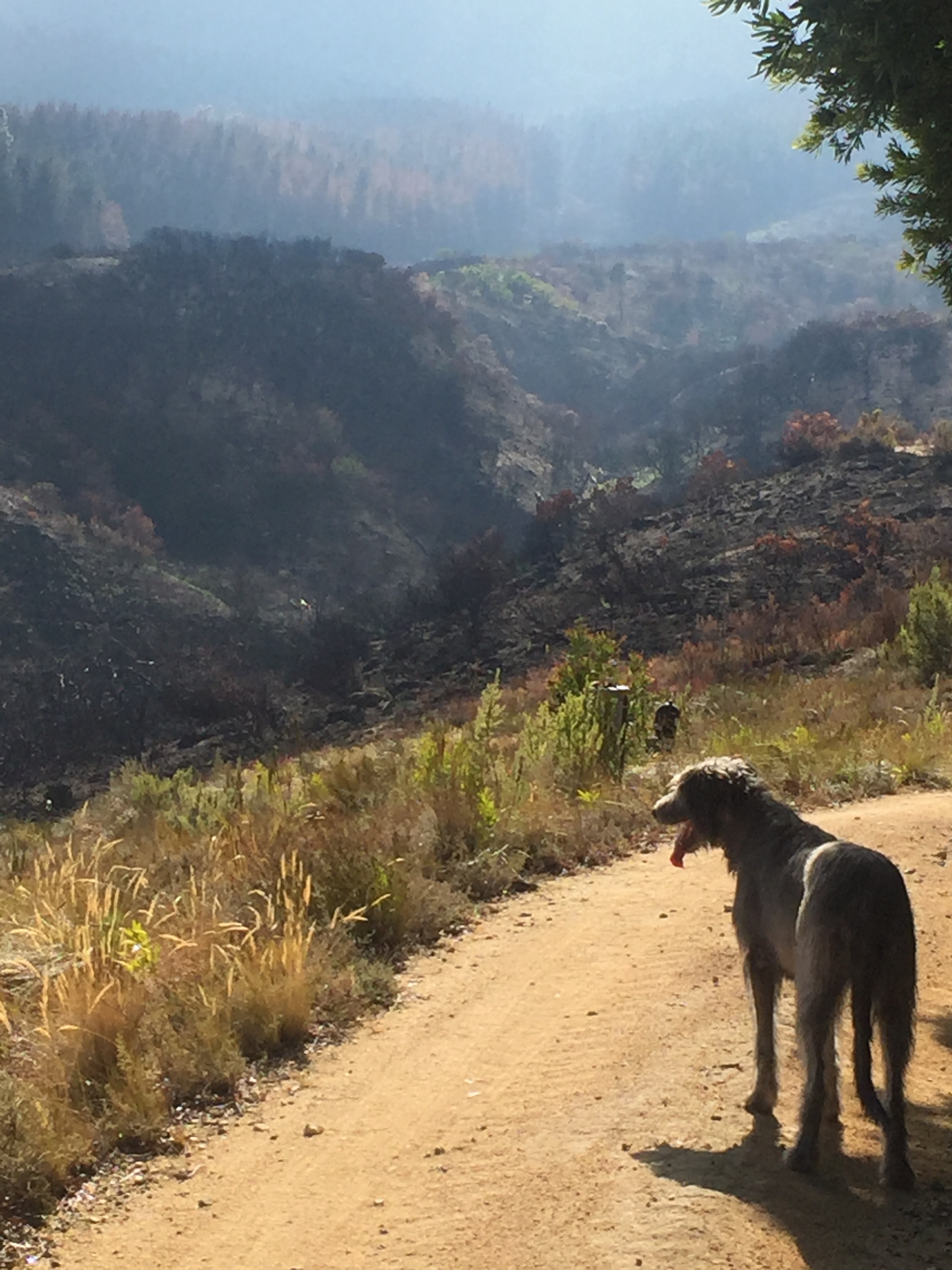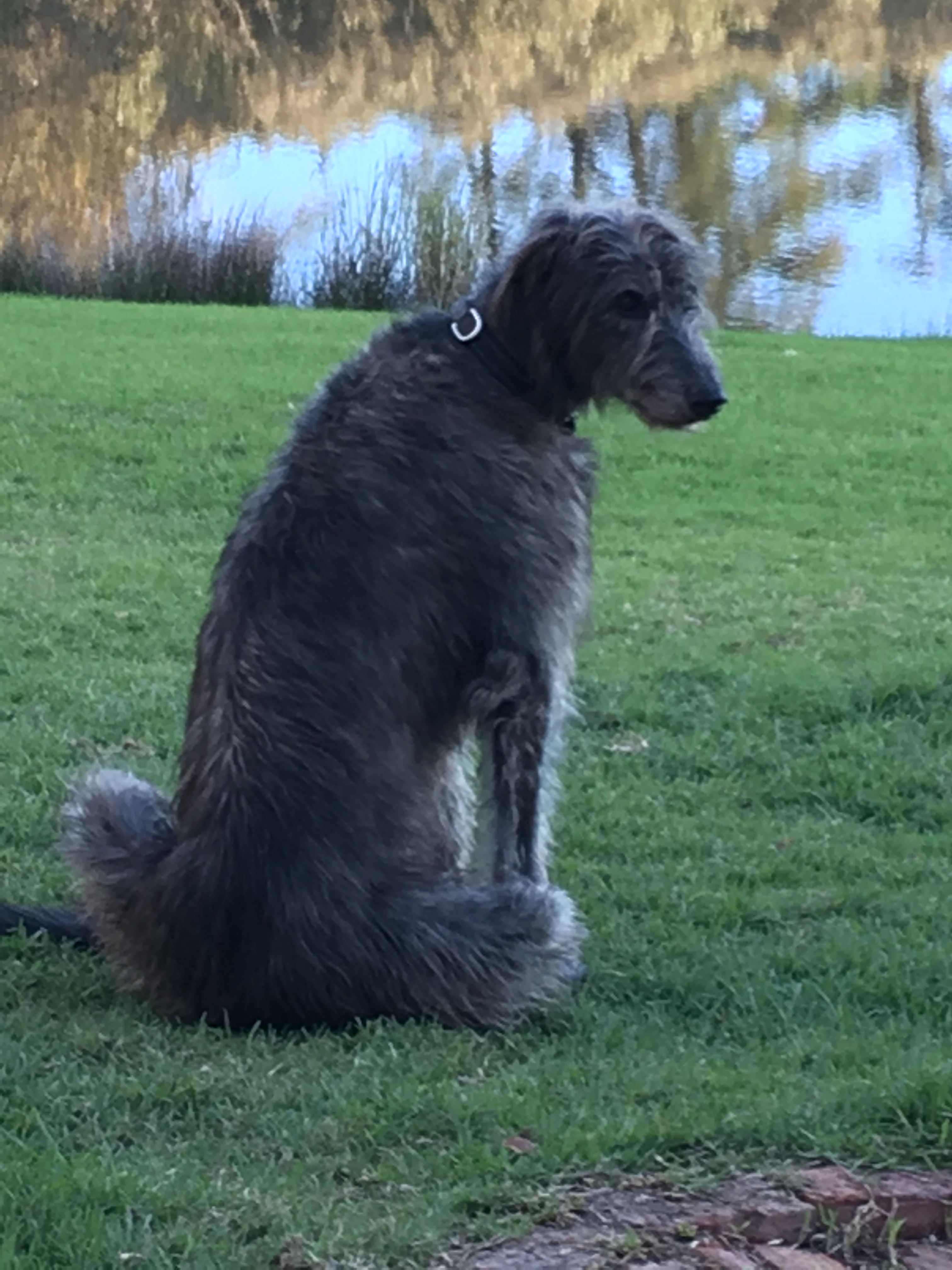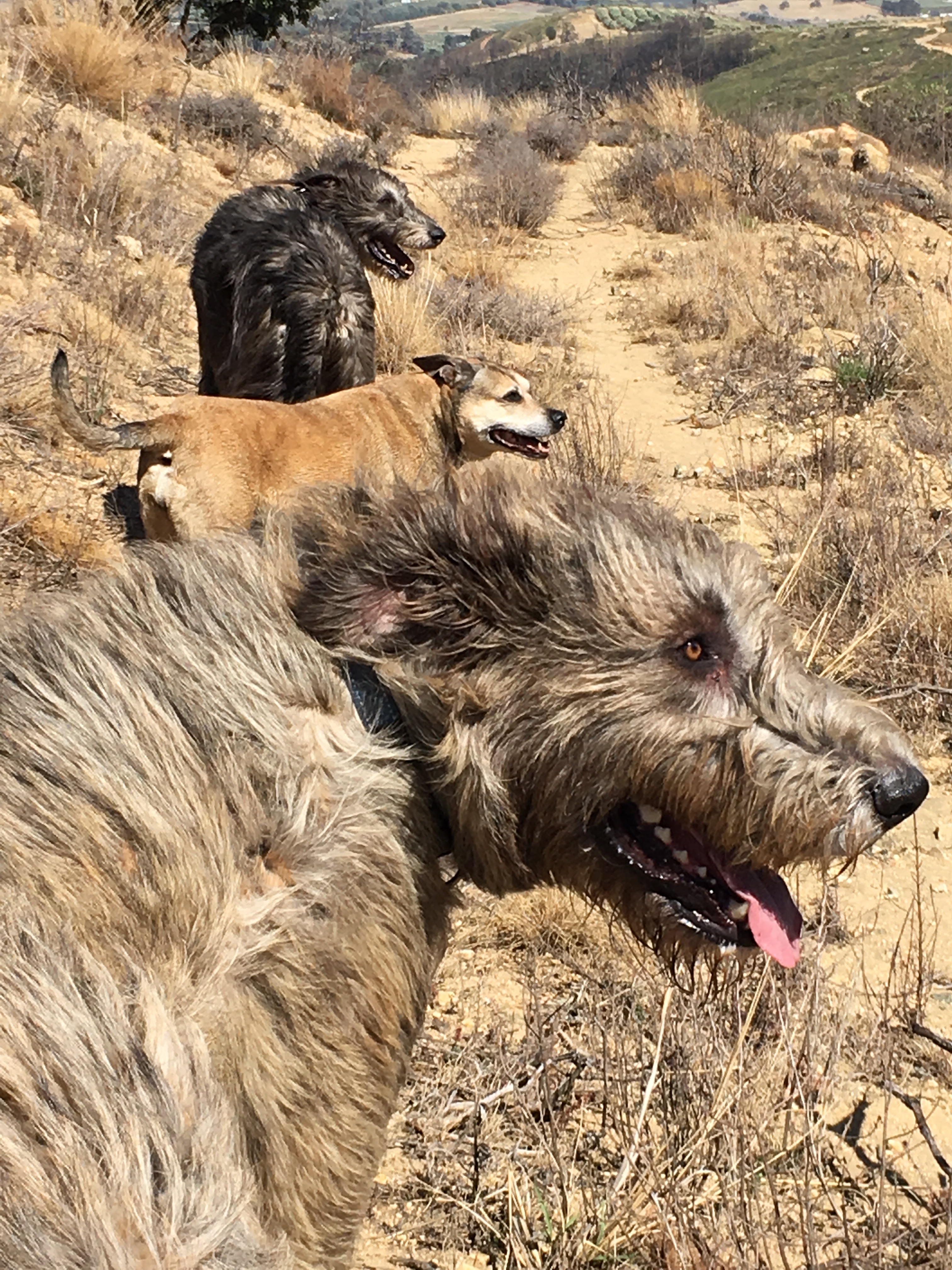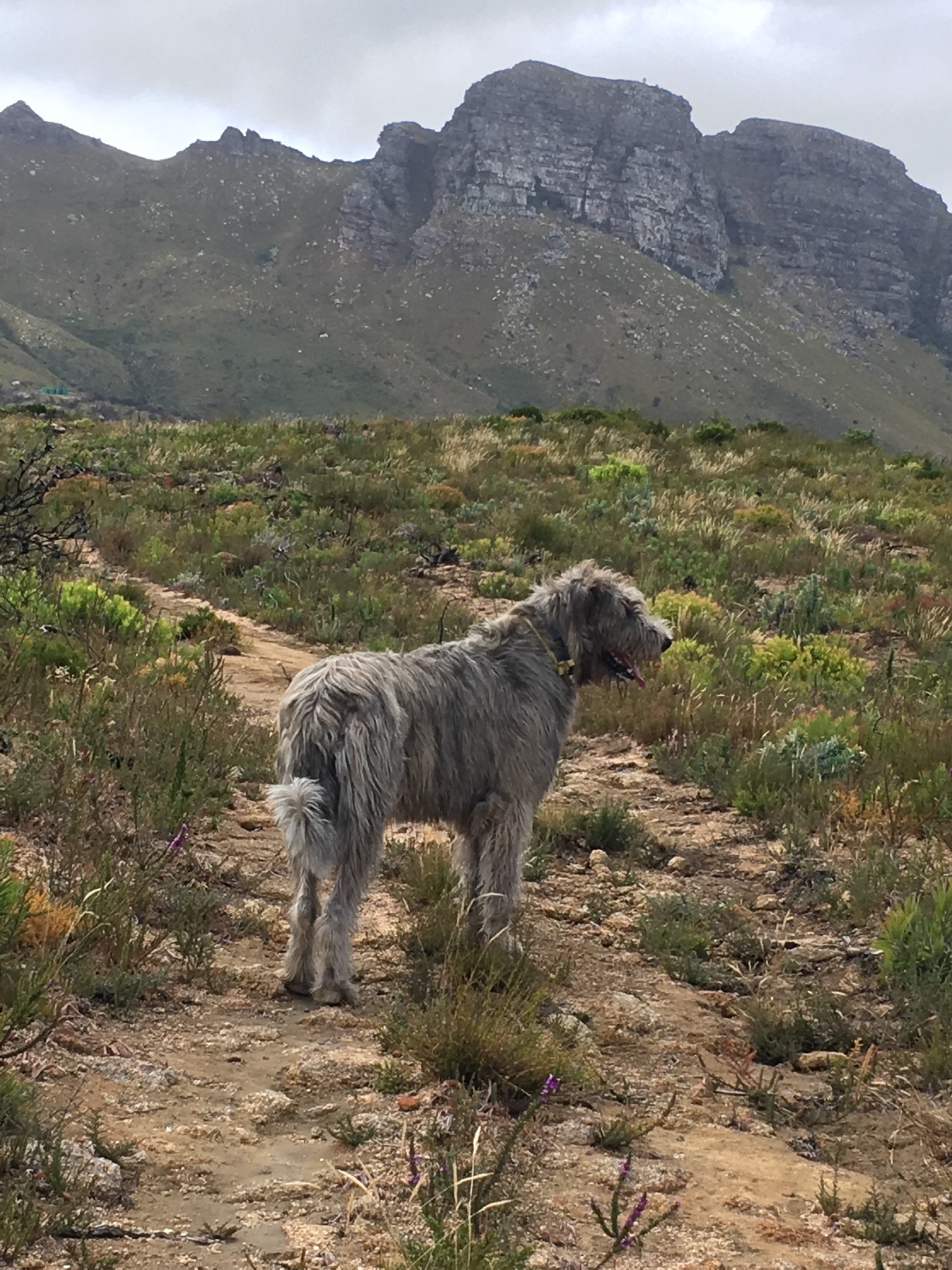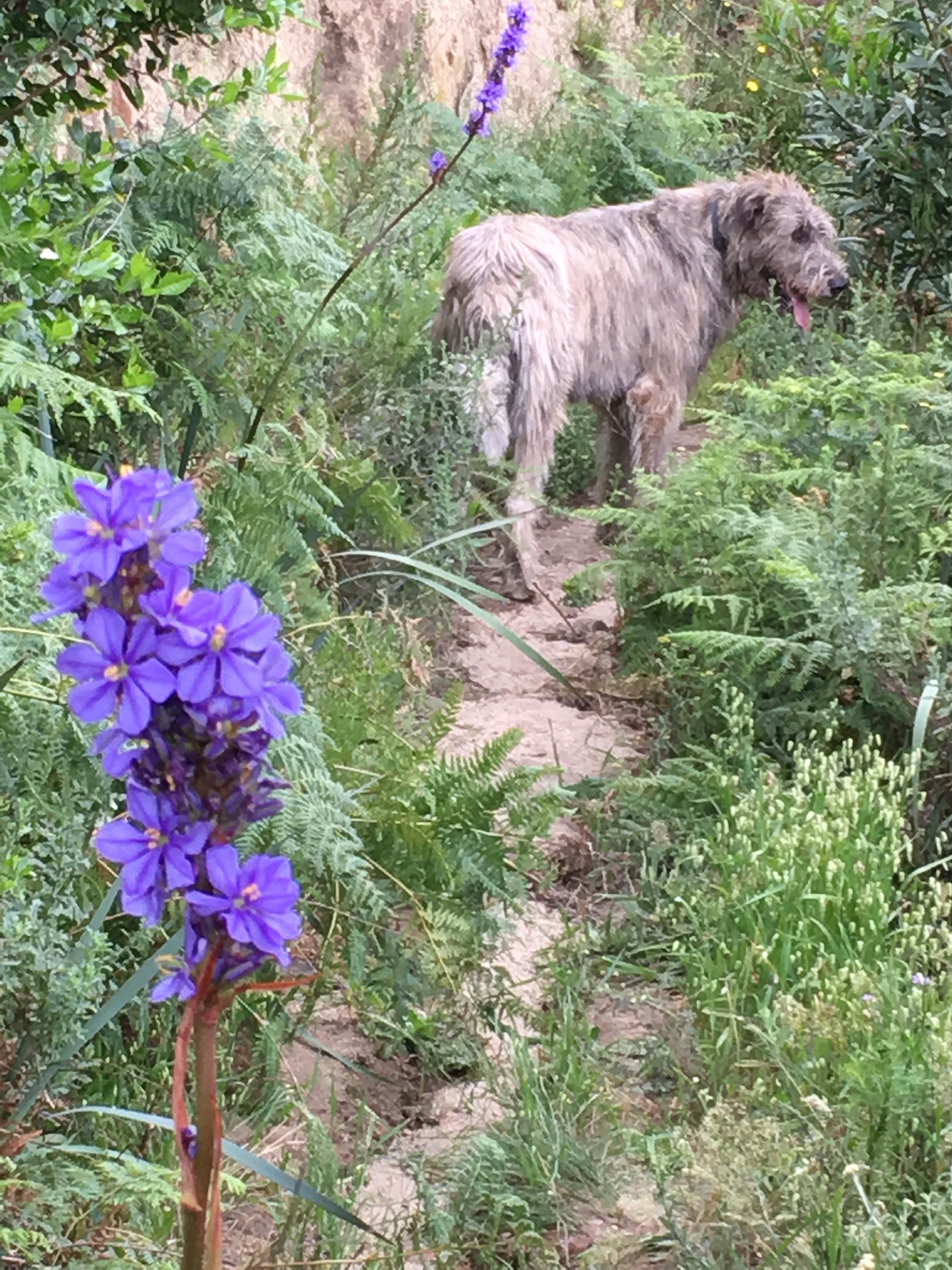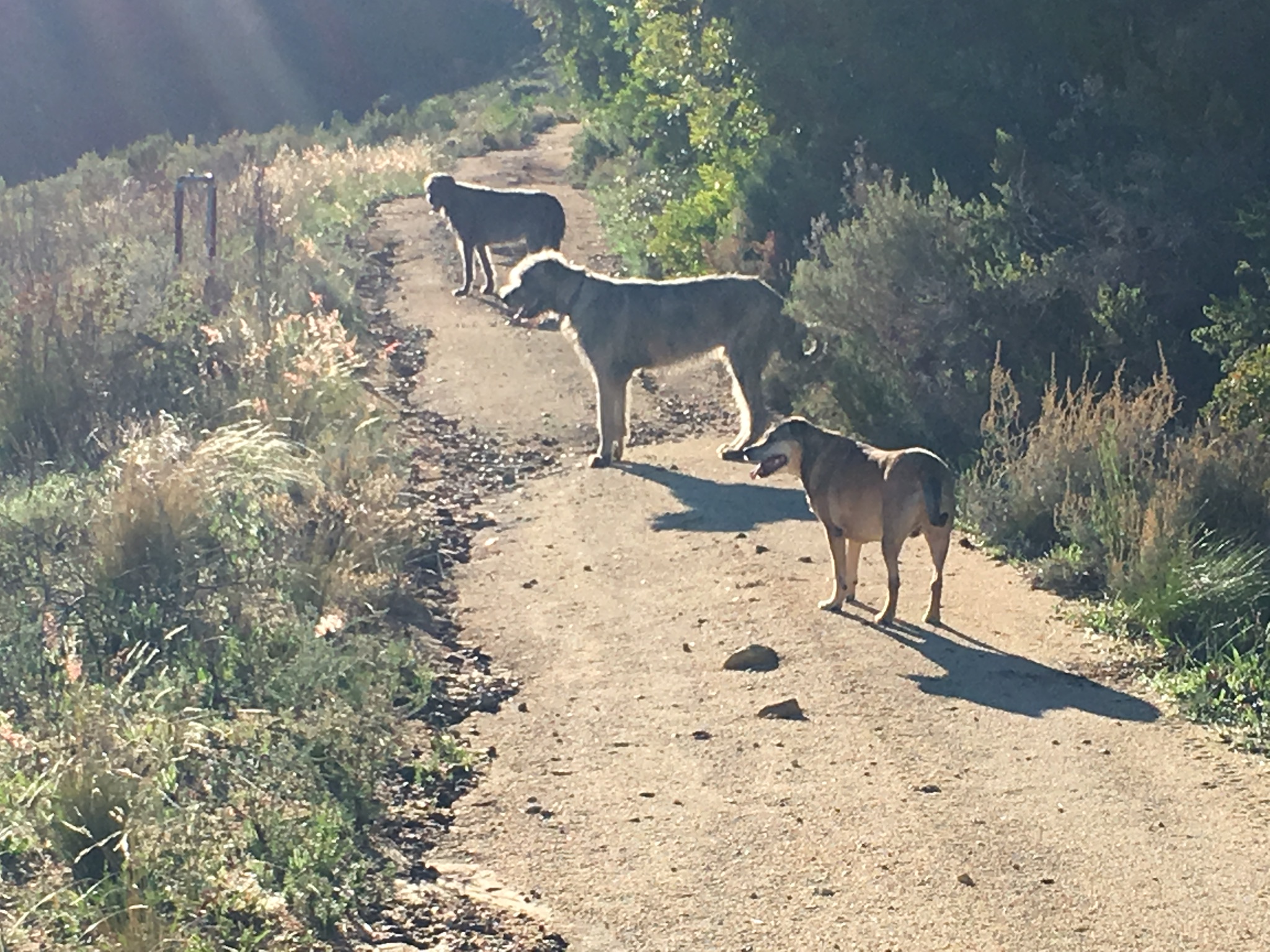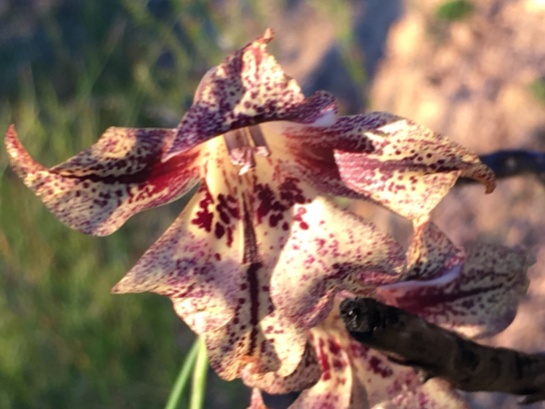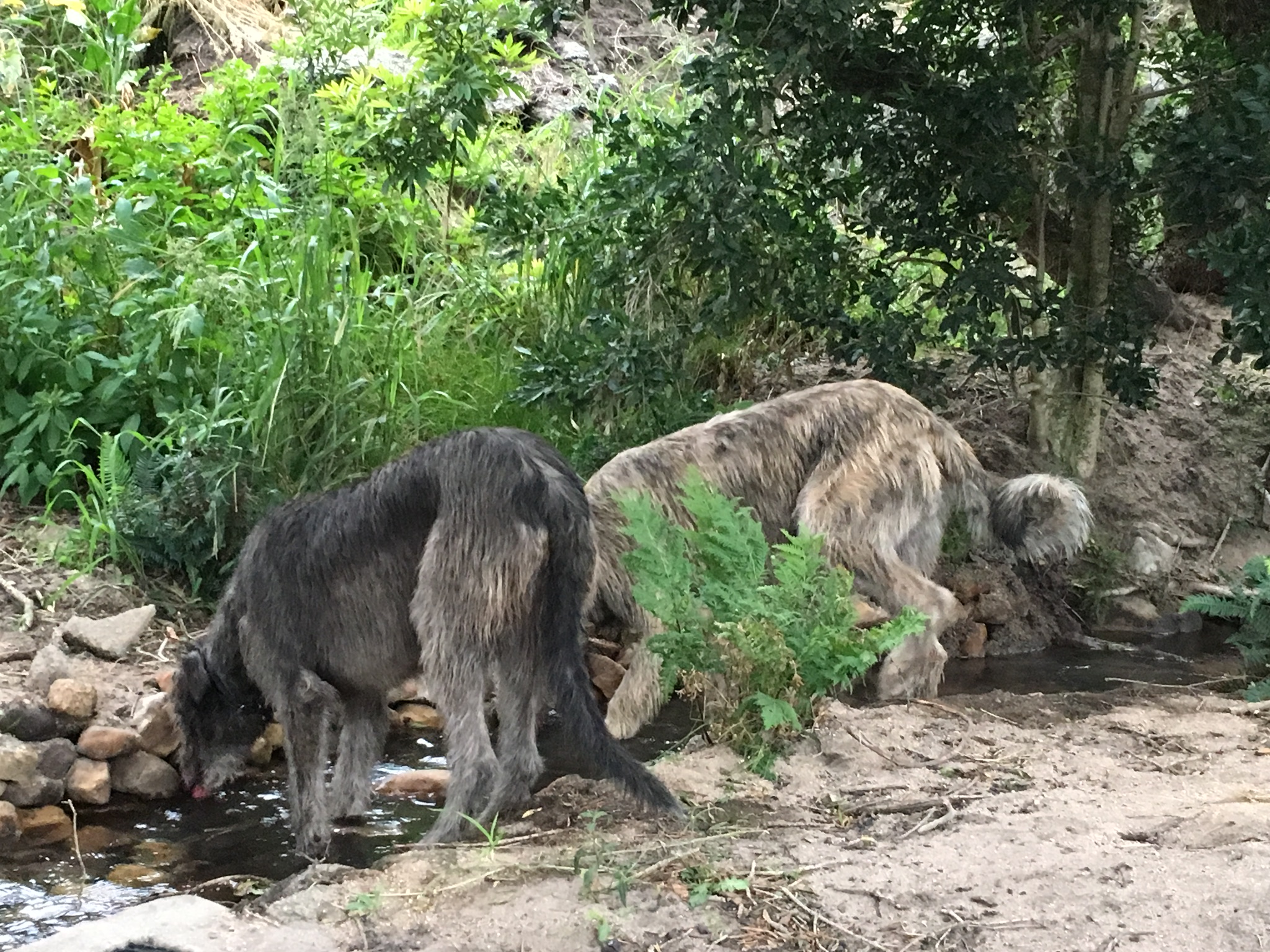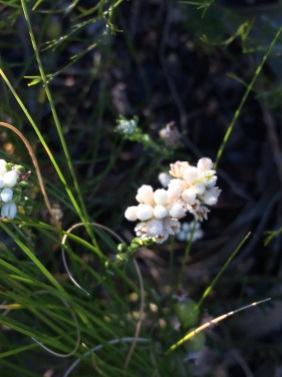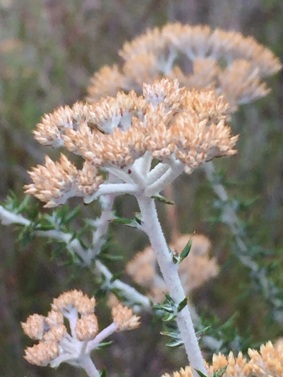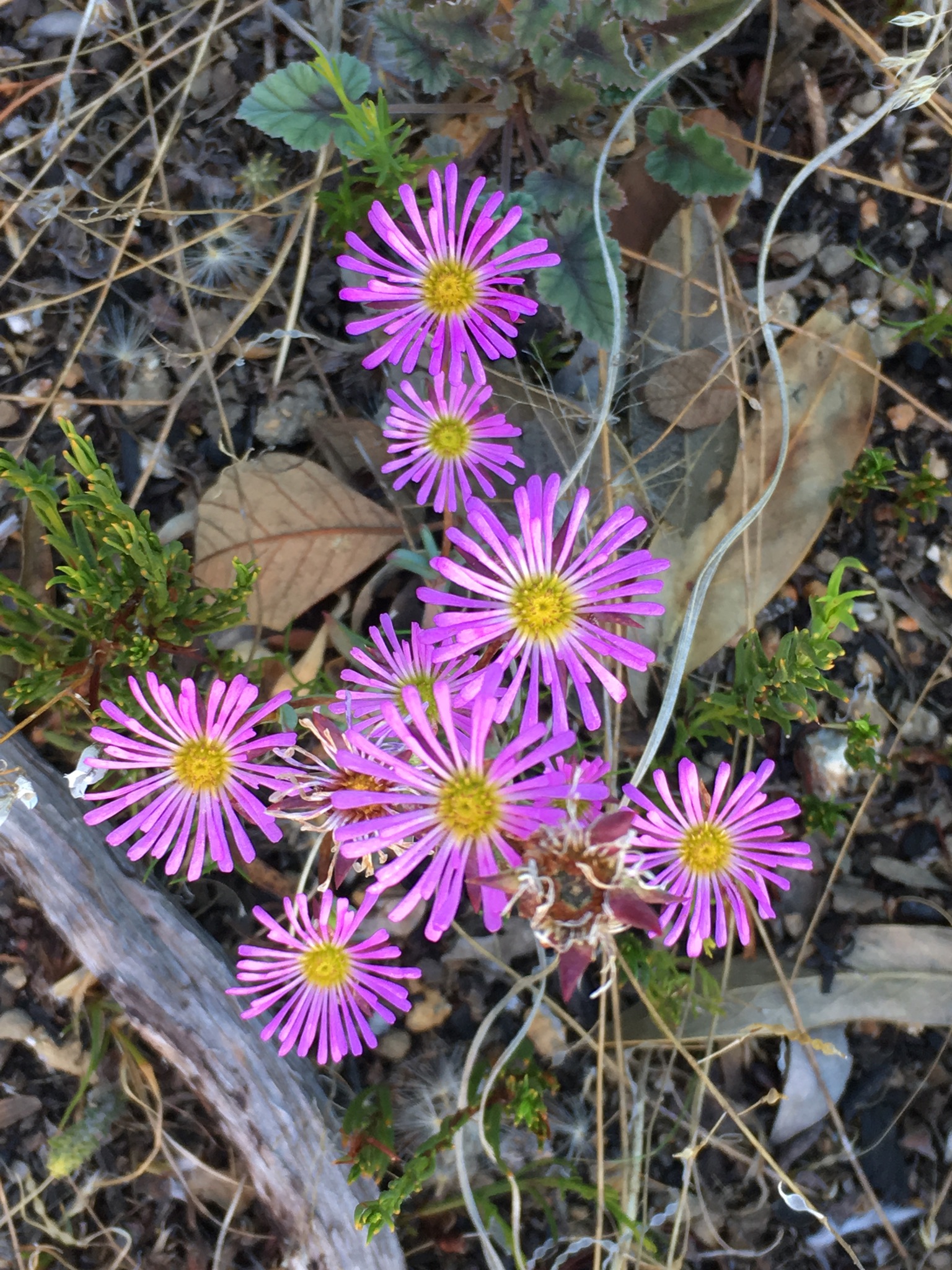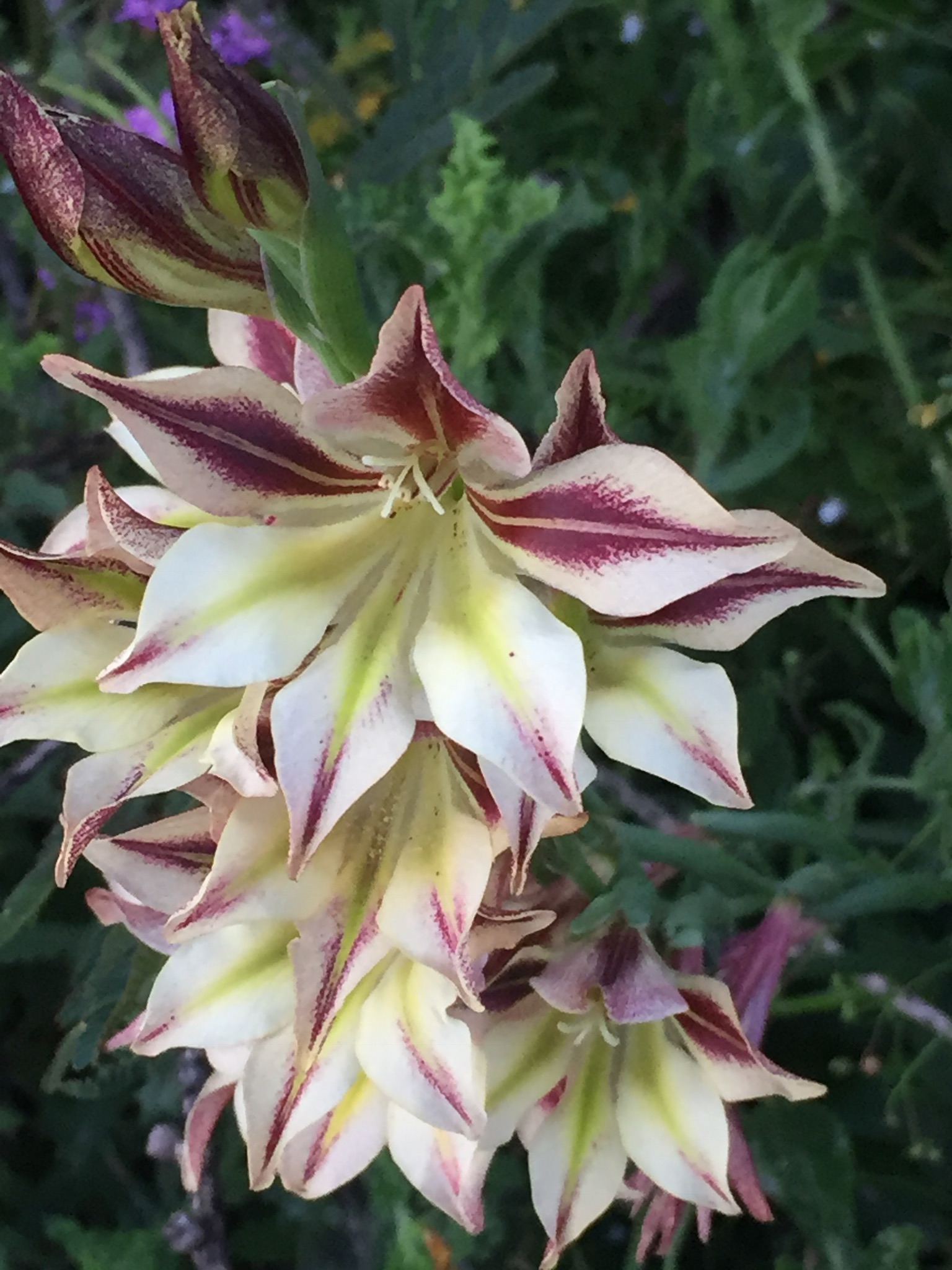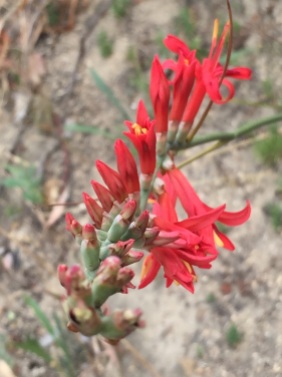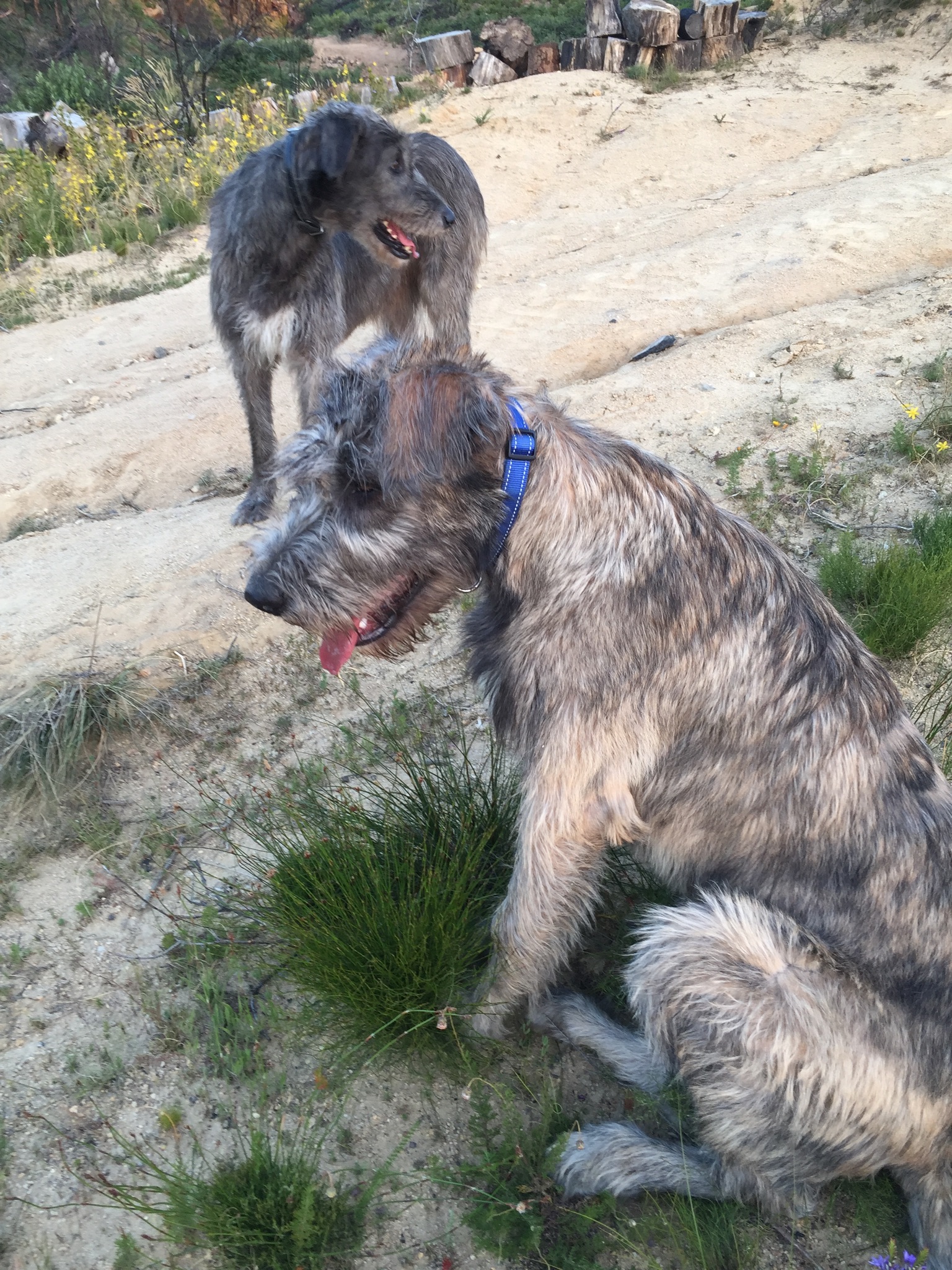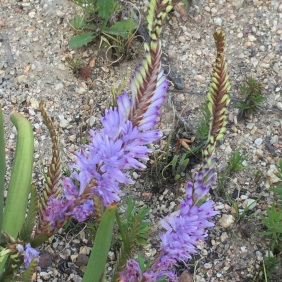Goodbye
After 17 years of owning and living on this farm, tomorrow it’s time to go.
The mountain in summer is either completely wild with the howling wind, or utterly still with only the sound of the crickets, the fiery necked nightjars and the cape eagle owls hooting from the tall trees. This is the last night and it feels appropriate that it’s utterly, utterly still.
I’ve loved every moment that I’ve lived here. This elegant farmhouse with plenty of guestrooms and cottages for friends and family. This privacy, this space. The wildness of the mountains above us. The tumbling waterfalls and streams. The cool of swimming in the dam on a hot summer’s day. The amazing sunsets, night after night.
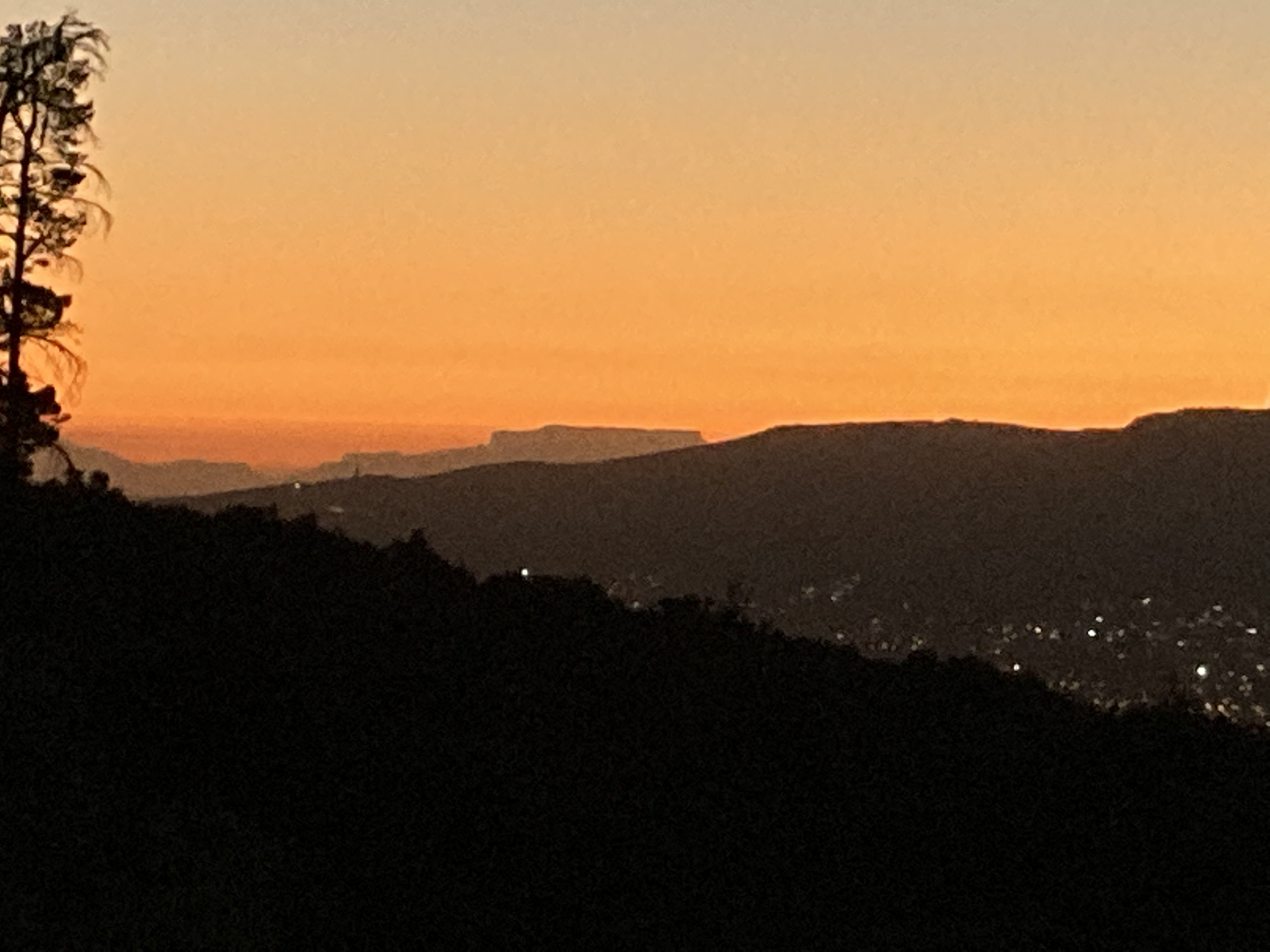
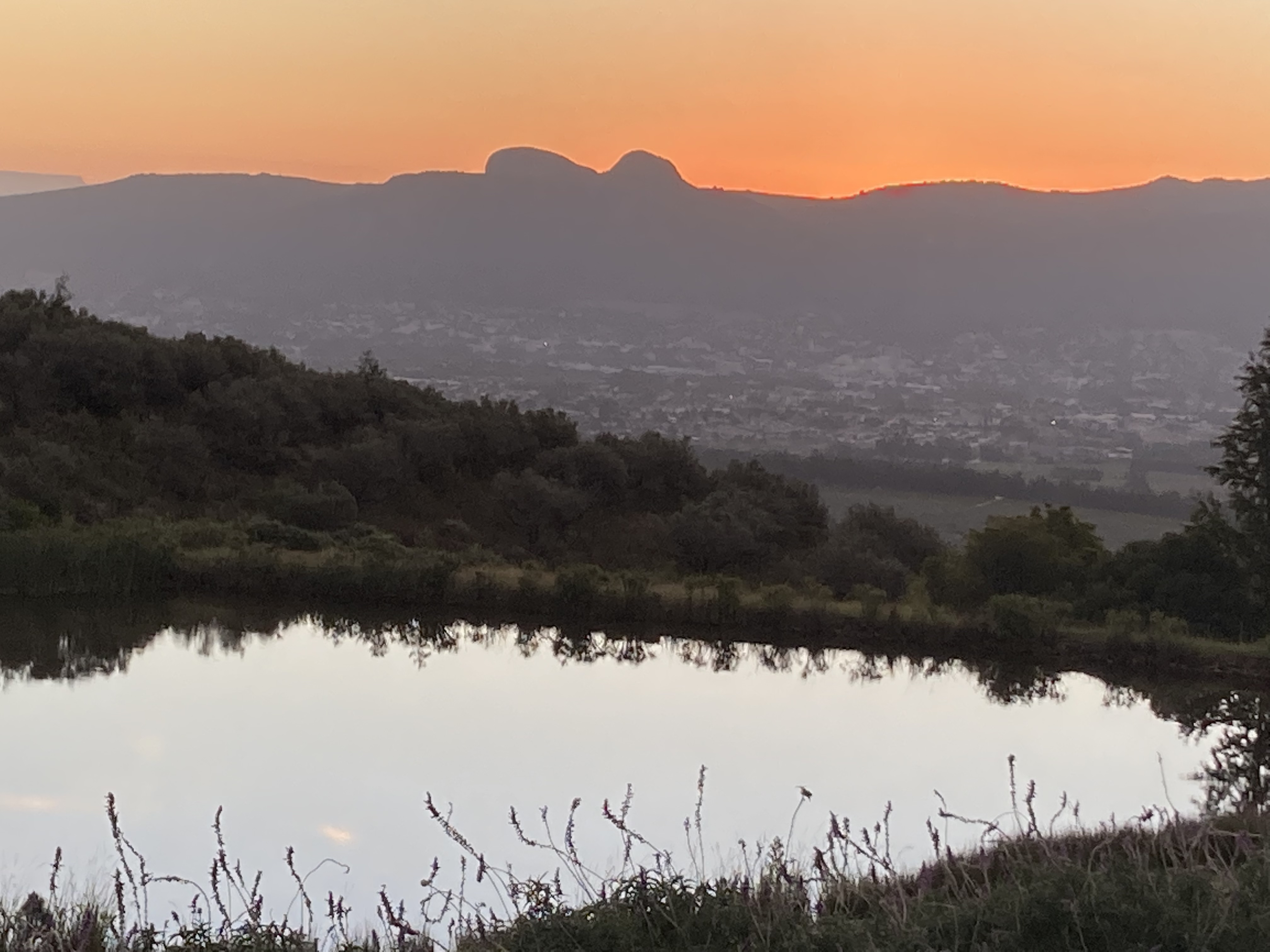

Cool damp winters; torrents of rain that bring life to the fynbos. Winter mornings spent running through the cloud with Leucadendron salignum shining its effulgent green beacons into the gloom. Happy damp dogs full of life in the cool air.
Autumn mornings with the valley filled with fog while the dawn rises behind the mountain gradually flooding us with light and slowly melting away the fog into a sunny day. We’ll be living down there in the fog now, while others wake up to the white sea and mountain peaks.
Summer evening runs, the wind howling, the dogs loving it as it streams through their coats. Other warm evenings are still as still, the mountain like a vast cathedral. A breath held, not moving, only the cry of the swifts and the hooting of an eagle owl setting out early. Tonight is such a night.
Mostly early runs. A quick coffee, then trudging down the front drive, turning right at the bottom to start the long road up to the very top of the farm. Depending on the time of year a litany of flowers starts along the drive, and as the run progresses, each section of the run reveals something new. They are old friends now, but you never know when they are going to emerge, or quite where in case of flowering bulbs and smaller varieties.
The life cycle starts in February. Before the first rain. It starts with Protea repens, they always flower in the hottest dry season, glossy green white, sometimes tipped with pink. They were almost entirely wiped out in the 2017 fires, but they are back again now and flowering all over the farm. This used to be South Africa’s national flower, before it gave way to the more impressive King Protea: Protea cynaroides.
I took these photos this evening in a distinctive green yellow light that set off the waxy petals.
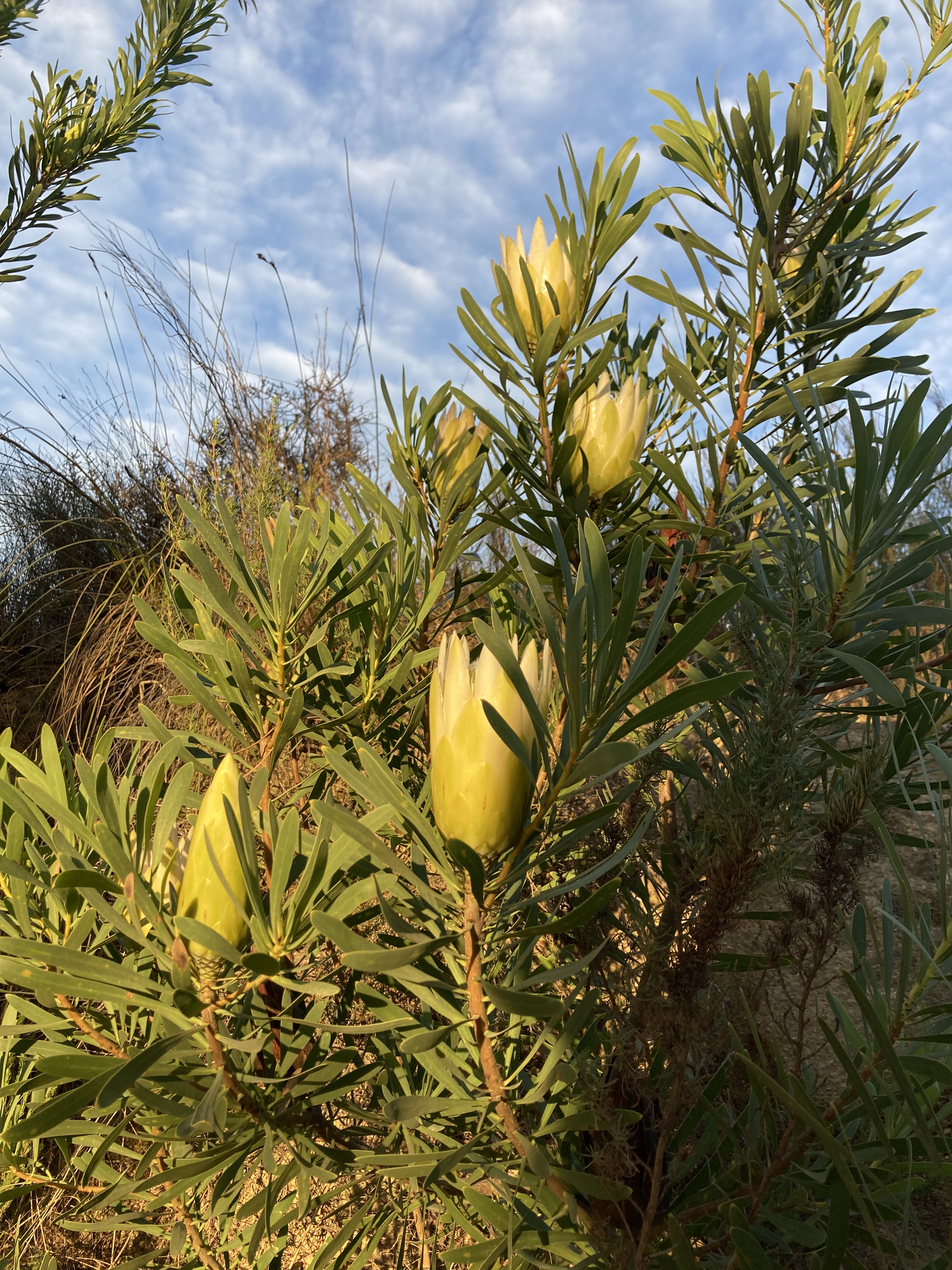

The flowering of Protea repens marks the height of summer and the promise of cooler weather ahead. We never know when it will break, sometimes mid-March, sometimes not until April, in one terrible year the heat sweltered on into May. I’ve lived through so many of these cycles in this magical and blessed place; now it is time to go.
Time to say goodbye.

